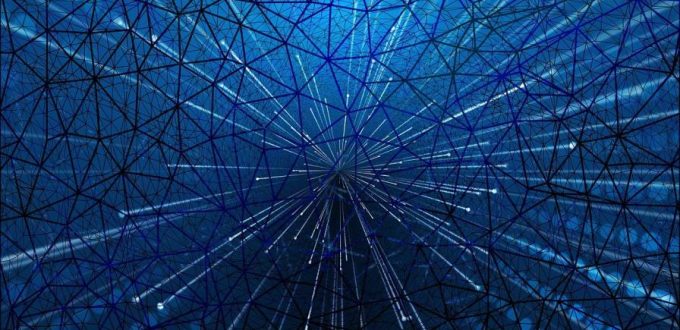SideChains are Blockchains that are an extension of the main chain or the parent chain. To develop a sidechain an off-chain process must be introduced that will broadcast the data between both the blockchains. Through this, the data can be synchronized or transfer of assets can be carried out.
For data synchronization, information must be passed between blockchains in the form of events.
There are many pros and cons associated with SideChains. They are discussed below:
Pros
The three major benefits offered by SideChains are:
When a certain transaction is passed to a different chain with a specifically designed protocol for that form of transaction, SideChains can offer cheaper and faster transactions. Thus, making the first chain, less congested, and making it faster. SideChains also allows taking advantage of new methods that are quicker, and more efficient.
Experimentation/Upgradability: In blockchains, implementing a new upgrade on an established blockchain can be very challenging because of many stakeholders. The task of, consensus-building becomes a time-consuming process, or in some cases it becomes impossible. In the case of SideChains, an informal consensus is formed, for the testing and implementation of a new upgrade, thus enabling scalability.
Diversification: Diversification across blockchains will allow assets to be accessed by more and more individuals. DeFi applications that allow lending and borrowing of money have access to other blockchains.
Cons
Security can be a concern for some SideChains, as they are completely responsible for their security. This could be a blessing and a curse both. In a situation where one blockchain is having weak security and shall have no concerns for other blockchains, it is a blessing. A curse when blockchains, like Bitcoin, are unable to provide security to less prominent blockchains.
SideChains have to depend on their miners. Miners help the blockchain in keeping the networks safe. New SideChains are not much profitable to miners, so they need to try hard to expand their mining ecosystem, which could be very difficult. In parent-child sidechains, the child chains don’t have their native coins, which makes the matter even worse. The primary source of income of child chains is the issuance of local currencies, which may act as a disincentive for miners.
Lastly, there can be instances where a user has made some assumptions about his asset on one blockchain, but when it moves to another blockchain, they turn out to be completely incorrect.
Disclaimer: The article is meant for the educational purpose only and in no way it should be considered as financial advice. Own research on the topic is advisable.
Photo by geralt on Pixabay

